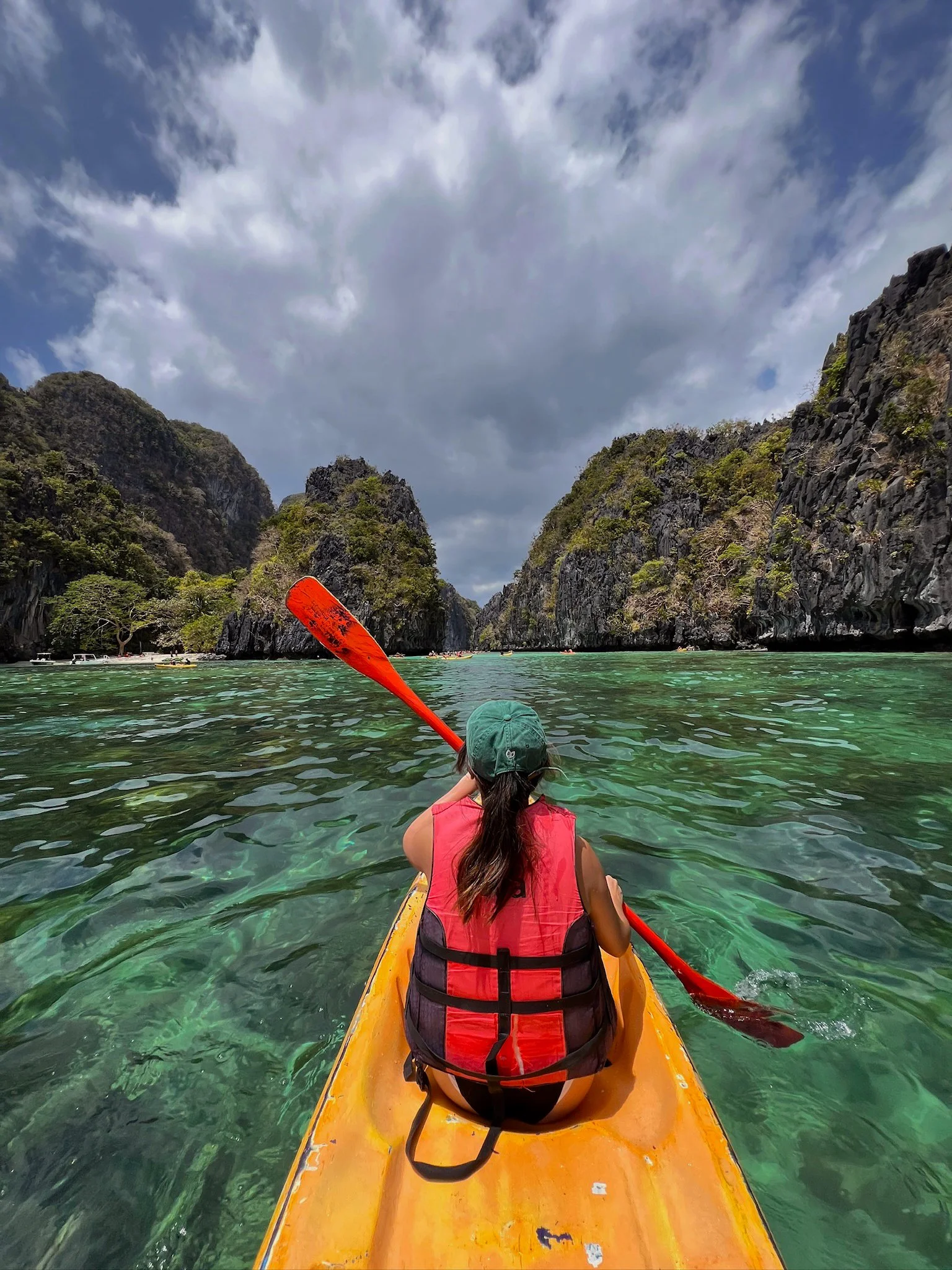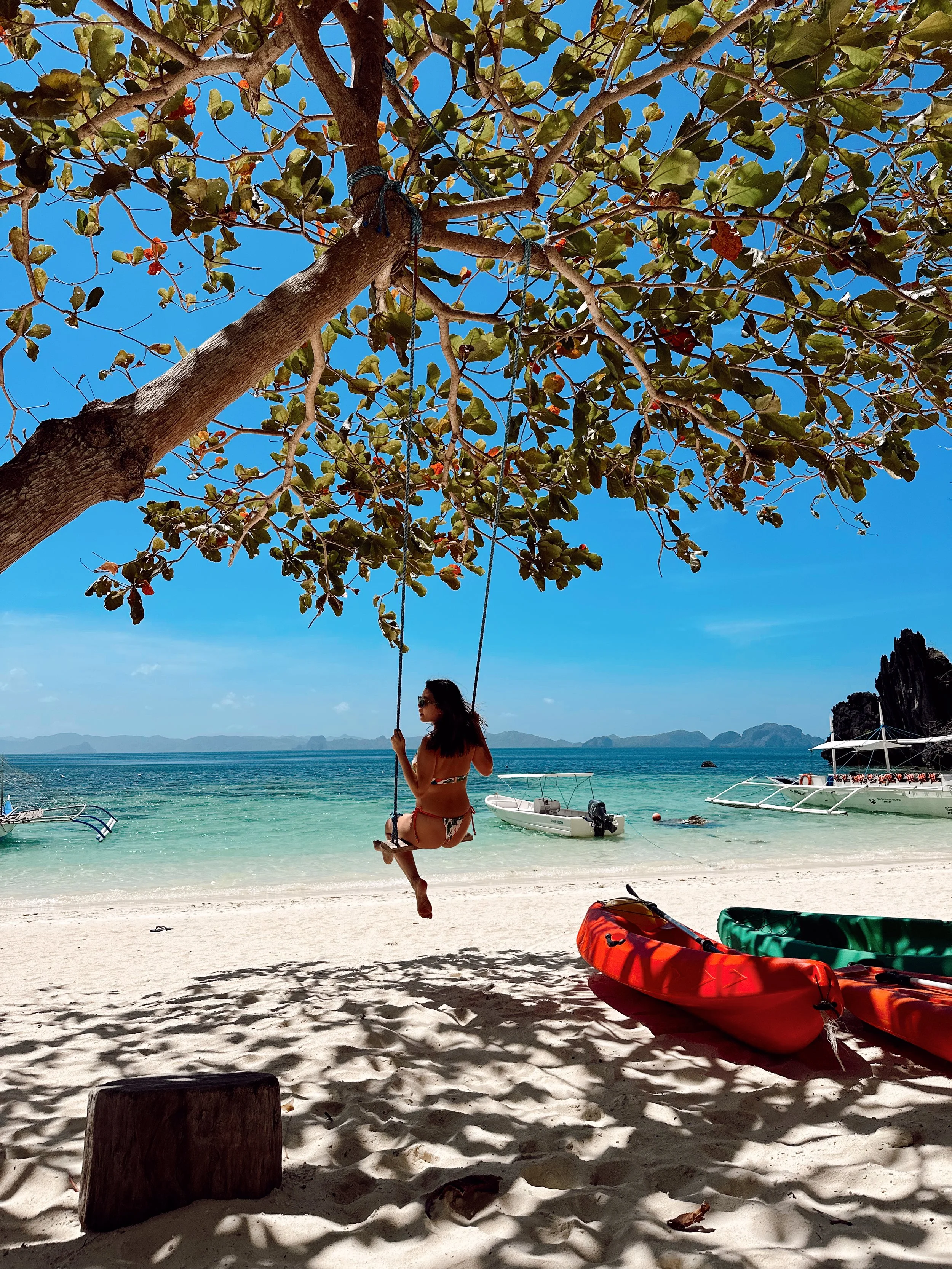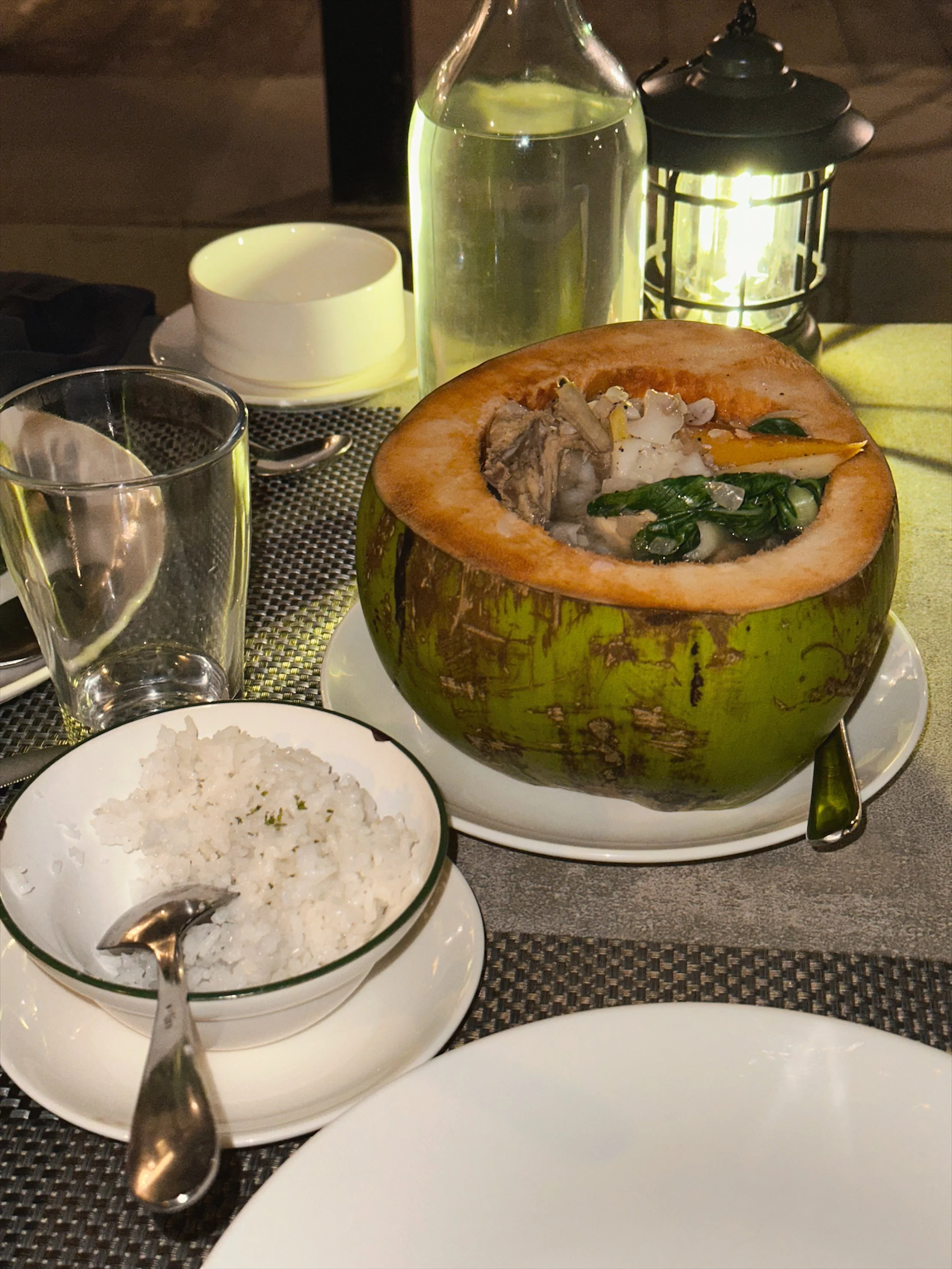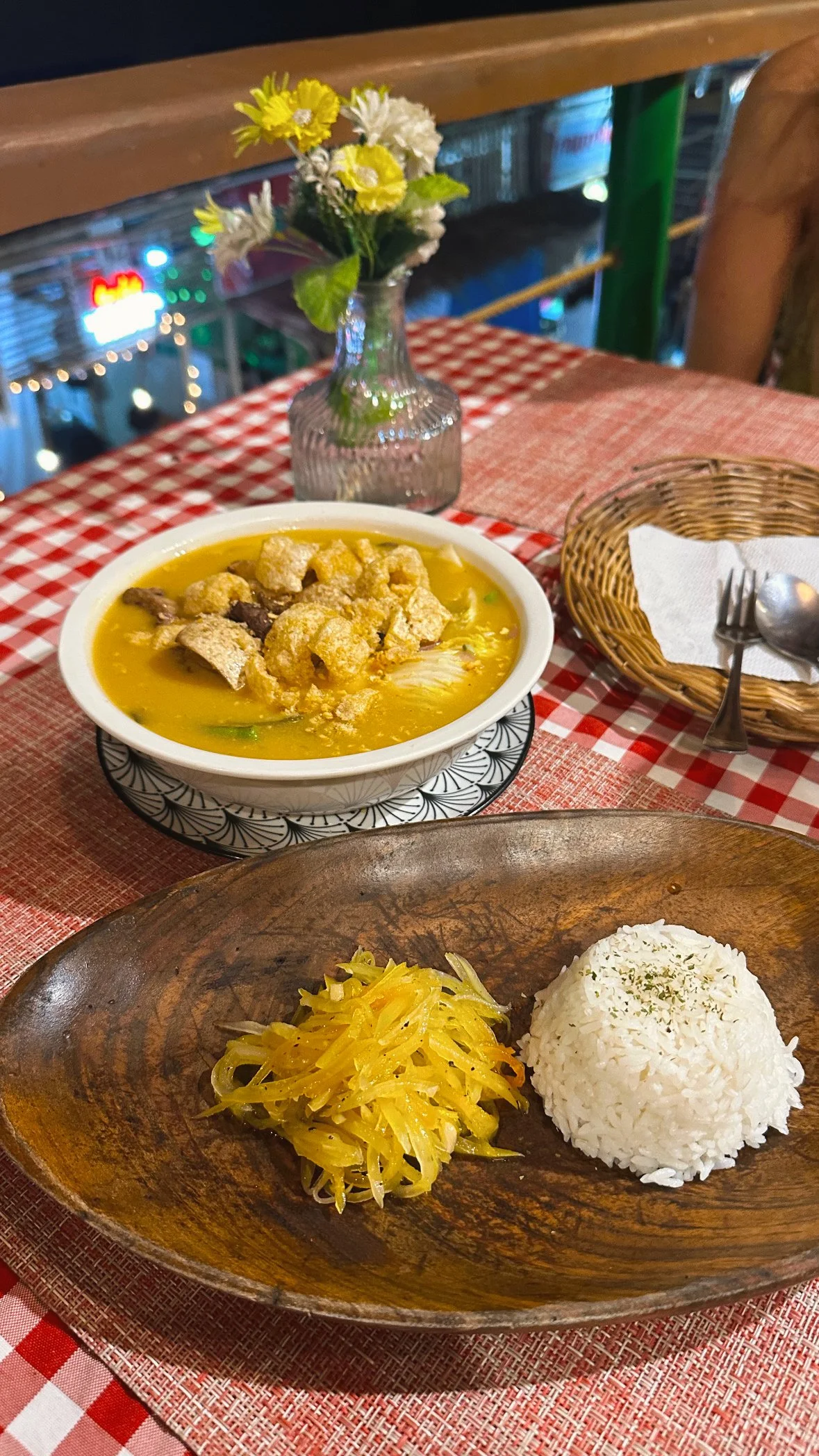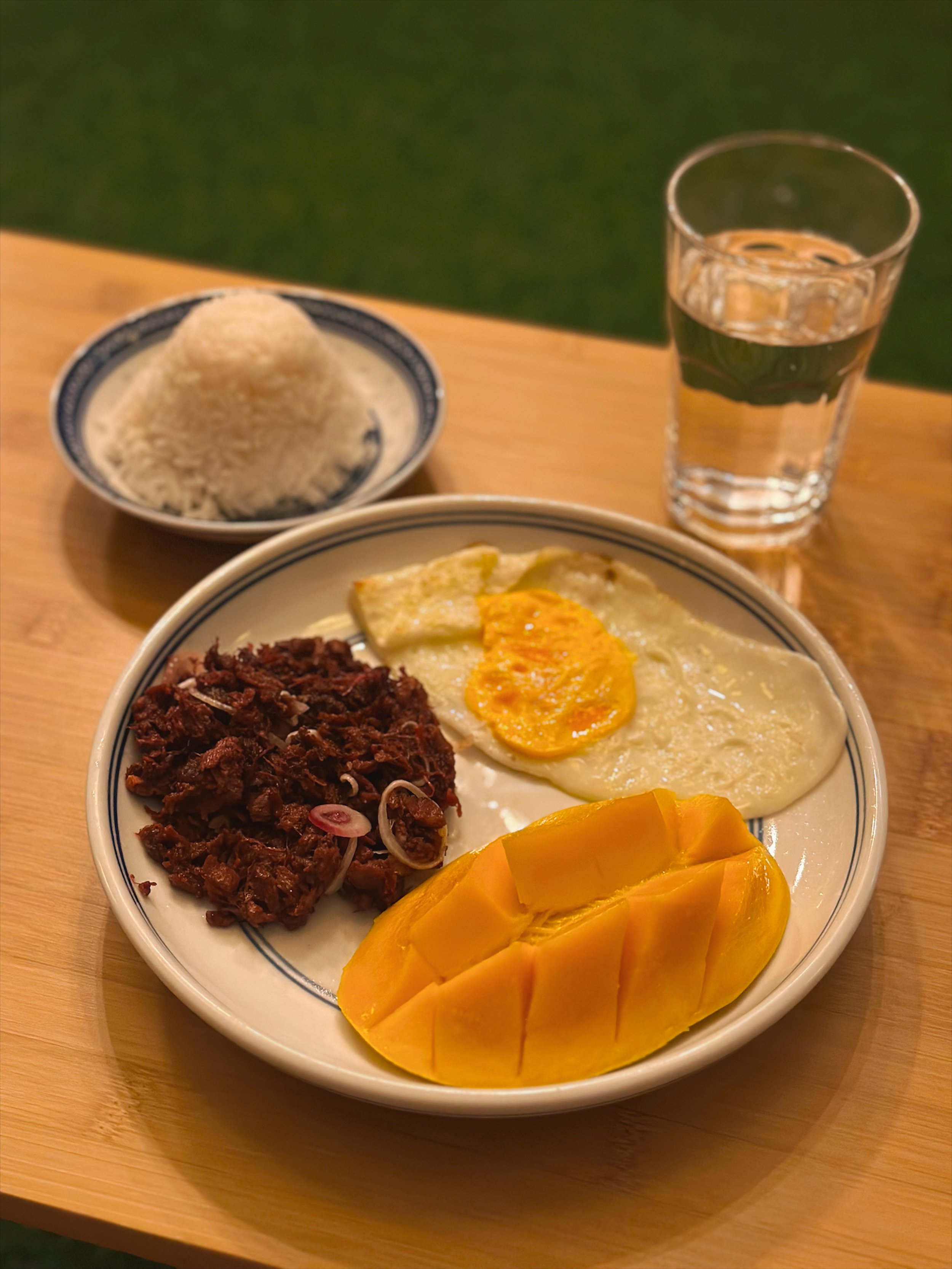All you need to know about travelling to the Philippines in 2024
The last time I visited the Philippines was about two decades ago. All I remember was being left in the playroom with my brother whilst my parents were out exploring the island of Cebu. We’ve also been to Manila once or twice but, again, I have little recollection of these trips aside from the fact that we’ve been there (oh, and that buttery cup of sweet corn we had from some shopping mall).
Fast forward twenty-plus years later, I decided to revisit the Philippines on my next trip back to Hong Kong in 2024. The flight to Manila from Hong Kong was only an hour and forty minutes, the country has beautiful beaches (as far as I’ve seen on Instagram) and everything there is much cheaper than that in my hometown. I needed no further convincing before buying a return flight for a 9-day trip to the Philippines and began planning my first big trip of 2024.
Instead of spending time in the city, we decided to explore the island of Palawan, in particular El Nido and Coron. We had three months to plan and here is everything I’ve learnt from planning the trip to being there in the Philippines. From where I booked my flights and accommodations, to where to eat, shop and explore when you’re in Palawan, here is everything you need to know for your next trip to the Pearl of the Orient.
Where are the Philippines?
The Philippines is a country at the far end of Southeast Asia (below Taiwan and to the right of Vietnam). It is made up of around 7,640 islands and is home to some of the world’s most beautiful beaches and magnificent nature. Having said that, its capital, Manila, is a bustling city filled with history and culture, a destination that is quickly gaining popularity amongst the foodies.
But we’re not here to talk about Manila. We’re here because I planned a trip to the islands and you want to know where and how to get that Filipino sun, sea and sand.
Where is El Nido and how to get there?
The first thing you need to know is that Palawan is an island, a province in the Philippines that is known for some of the world’s most pristine beaches and lushest natural wonders. It’s capital city is Puerto Princesa, which is an hour away from Manila by plane.
El Nido is located on the northernmost tip of the main Palawan island. There are multiple ways to get to El Nido from the capital city:
By plane
This is by far the fastest and most convenient way to get from Manila to El Nido. Multiple direct flights are running between the two cities every day. Tickets can cost anywhere from ~£80 to £200, depending on your travel date. The best way to secure tickets for cheap is to be flexible with your dates and to book in advance. I like using platforms like Skyscanner or trip.com as they allow me to have an overview of the cost of tickets throughout the month and compare the different flights available.
I originally booked my flight from Manila to El Nido with AirSwift, but sadly the airline amended our flight last minute (less than 48 hours to be exact) so we had to find a different way to get there (see more below).
Top Tip!!!
The most important thing to note about flights within the Philippines is that the airlines tend to be unreliable.
Out of the five flights we have booked (1. Hong Kong - Manila, 2. Manila - El Nido, 3. El Nido - Coron, 4. Coron - Manila, 5. Manila - Hong Kong), two of them (2 and 4) got moved last minute, resulting in us not being able to catch our flights in time and having to make last minute arrangement to both transfers and accommodation, which was expensive and stressful to say the least.
Our takeaway from this is to be as flexible as you possibly can.
If you’re booking hotels or Airbnb, make sure you pick something that you can amend the dates easily, with little to no extra charge. For excursions, I would advise booking them for the days in the middle of your trip, rather than the first two days of your arrival in case plans change.
Airport transfer
If you’re flying into and out of Manila, you will likely find yourself in Ninoy Aquino International Airport (NAIA). This is the main international airport and has four terminals.
There is a free shuttle service for passengers with connecting flights to other NAIA terminals. You will need to show the front desk your plane ticket before boarding. This inter-terminal shuttle comes every 40 minutes to an hour, which is not often at all. Depending on which terminal you are going to (domestic flights are usually in Terminal 4 and international flights from Terminal 1), the journey itself could range from 10 to 30 minutes.
If you only have 2-3 hours between your connecting flights, I would suggest you take a taxi. Fares may vary again depending on your destination, however, from Terminal 3 to Terminal 1, let’s say, which is a 9-minute ride, it should not cost anything more than ₱250.
By Van
No, you can’t exactly go from Manila to El Nido directly by van. However, if you fly to Puerto Princesa (and why not spend a couple of days there), you can hire a minivan, which takes you from Palawan’s capital to El Nido in about 6 hours.
I booked my door-to-door transfer the day before via Klook, which only cost £9. I was surprised by the lack of traffic lights and rules across the island, and although our driver drove fast and furiously, the journey was nonetheless safe and comfortable, albeit long.
From El Nido to Coron
You can travel between these two destinations by plane or by ferry.
AirSwift has two flights operating between El Nido and Coron daily. One from 9:40 a.m. and the other at 11:30 a.m.. Both flights take about 40 minutes. A single ticket costs somewhere between £50 to £60 (~₱ 3,000 - ₱ 4,000+).
If you want to reduce your carbon footprint, you can travel by ferry. The journey takes about 5 hours and the ferry sets sail at around midday (either at 12 p.m. or 12:30 p.m., depending on the service provider of choice).
A single ticket on the Atienza ferry, for example, costs ₱ 3,388.00, which is ~ £48. Jackson from Journey Era has a more in-depth post on travelling by ferry, which you can take a look at here.
Let’s talk weather and what to pack
The Philippines is a tropical country, with high temperature and humidity levels all year round. The average temperature is about 27°C but it can get up to 40°C+. The hottest months are April and May, and the coldest are between December and February, making them the best time to travel to the islands.
If you’re going island hopping, here is a list of things that you should pack to make your trip just a little more enjoyable:
dry bag (for when you’re out in the sea)
waterproof phone pouches (for those underwater shots)
mosquito repellent
sunscreens (ideally SPF 50+)
sunglasses/ hats (anything to protect you from the UV lights)
powerbank
adapter ( a universal one would be ideal, as the Philippines uses Type A, B, and C plugs)
water bottle
swimwear (and or surf wear)
sandals and walking shoes
a light (rain) jacket (for the bad weather or the evenings when the temperature drops)
Here are some things that would be good to have, but also available to rent if you don’t feel like bringing your own:
towels (your hotels should have some available)
snorkel (usually costs about ₱ 150 and is available to rent before your tour starts)
water shoes (also about ₱ 150 and are available to rent before your tour starts)
If you want to document your trip fully, why not also pack:
a waterproof camera/ GoPro (I’ve seen some places in El Nido that rent them out for a day)
a drone (if it weighs less than 250g, you may not need to register the drone before flying. However, it is always better to check online with the Civil Aviation Authority of the Philippines (CAAP) if you’re unsure)
While these are not weather-related items, below is a list of items that are essential to have when travelling to the Philippines:
travel insurance (better be safe than sorry!)
cash (you’d be surprised by how many places are cash-only! ATM charges ₱ 250 for each transaction, on top of your bank’s FX fee. If you are not taking a big amount out, it might work out cheaper to exchange your pounds or dollars. However, not all banks do foreign exchange so make sure you take some money out either at the airport or ask the locals for your nearest bureau de change.)
working/ local SIM card (those data can come in handy when navigating your way in a foreign country)
What to eat in the Philippines
Mangoes! 🥭 The Philippines have some of the best mangoes in the world and you cannot tell me otherwise.
Contrary to popular perception, Filipino food is a lot more than tropical fruits and ube. I was surprised to find that Filipino cuisine is quite meat-heavy, with pork in particular. You may have already heard of its national dish, adobo, which is a marinated meat or vegetable dish with vinegar, soy sauce, garlic, black pepper and bay leaves. The dishes here are flavourful, salty and sometimes, saucy.
Here are a few more typical dishes that are worth trying:
Sinigang
Sinigang is a typical Filipino soup. It is tangy and savoury, made using a tamarind-based broth. You can enjoy this with all kinds of fish, meat or vegetables. Don’t forget to order a bowl of rice to go with it.
Kare-Kare
Anyone with a peanut allergy should steer clear right now. This is a nutty broth made with garlic, onion, toasted peanuts and sometimes coconut milk. It’s creamy and delicious. Mine came with the classic pork belly but you can sometimes get a vegetarian option or a different type of meat.
Sisig
This is a hearty meat dish served on a sizzling stone plate, which is why it’s sometimes called sizzling sisig. The most traditional way to have it is with stir-fried chicken liver and pork parts, with an egg cracked on top. Don’t diss it before you taste it. It’s crispy and pairs well with a bowl of rice (and a bottle of cold beer).
Silog
This is by far the most simple but nonetheless iconic dish in the Philippines. Silog means fried rice and (fried) egg. You can get this dish in many different combinations, with ham, bacon, longganisa sausages and, my personal favourite, corn beef. This is a popular and affordable breakfast dish in the country. I’ve seen this on a cafe’s breakfast menu for less than ₱ 200 in El Nido.
Desserts
If there is a national dessert for the Philippines, it has got to be Halo-Halo. A sweet concoction of fruits, shaved ice, condensed milk, beans, coconut strips, ube and many more. There is no one way to make this dessert. Everyone has their own recipe and each Halo-Halo will vary slightly from one another. If you love a sweet treat, this is just the thing for you.
So what are you waiting for?
I hope this guide has given you some insight into one of Asia’s most up-and-coming holiday destinations. The Philippines is truly a hidden gem, blessed with natural wonders and kind-hearted people. I’d highly recommend taking a trip there now before it becomes overly touristy like what has become of Bali.
Let me know if you have any questions. I’d be more than happy to answer them as best as I can!
